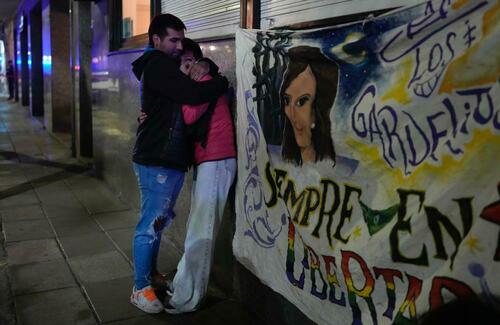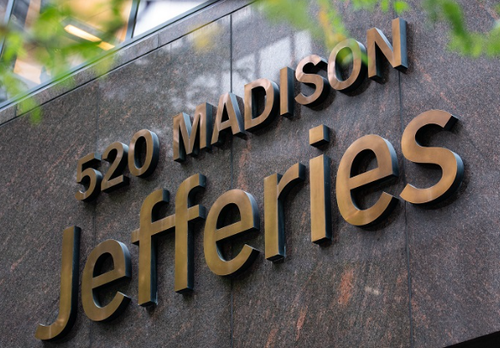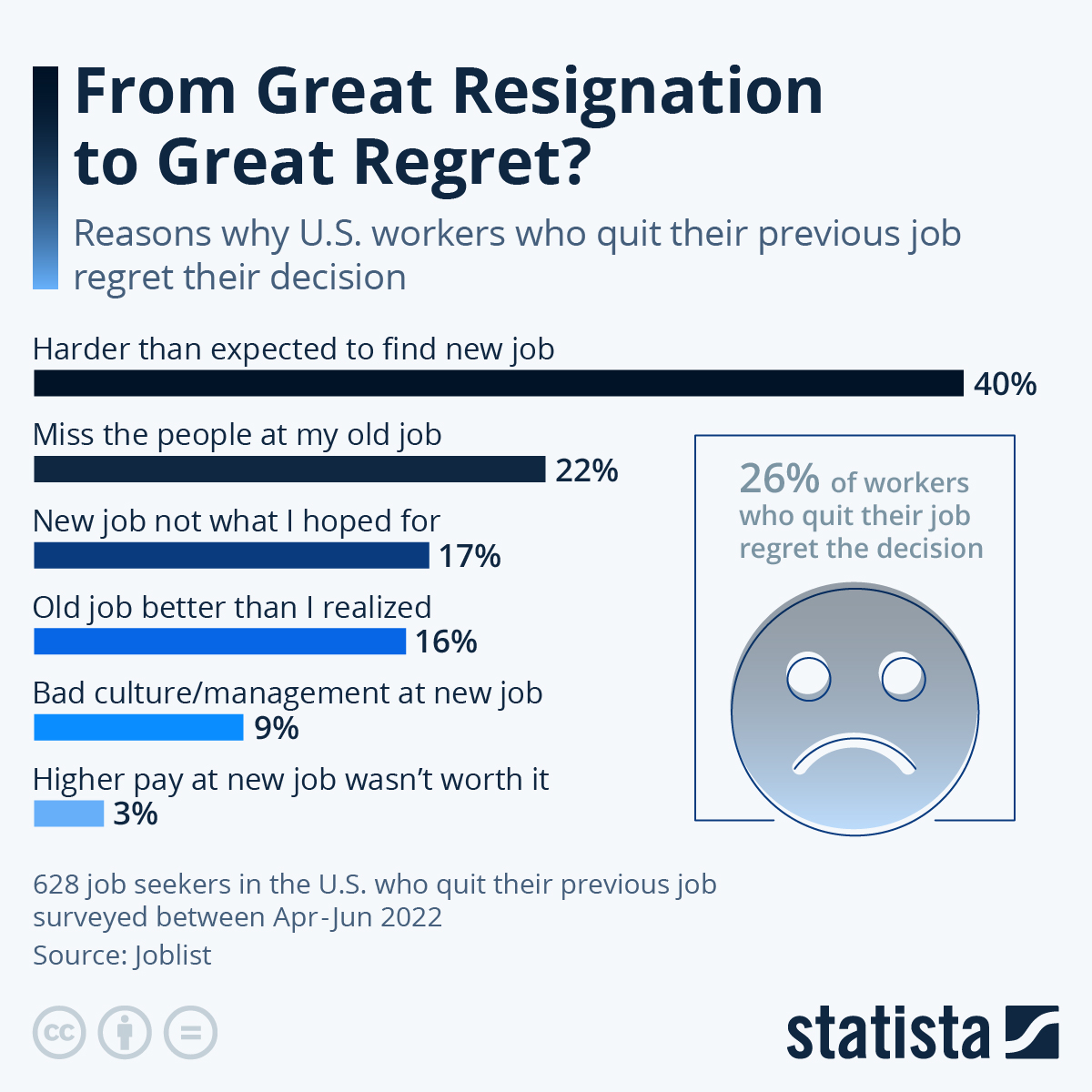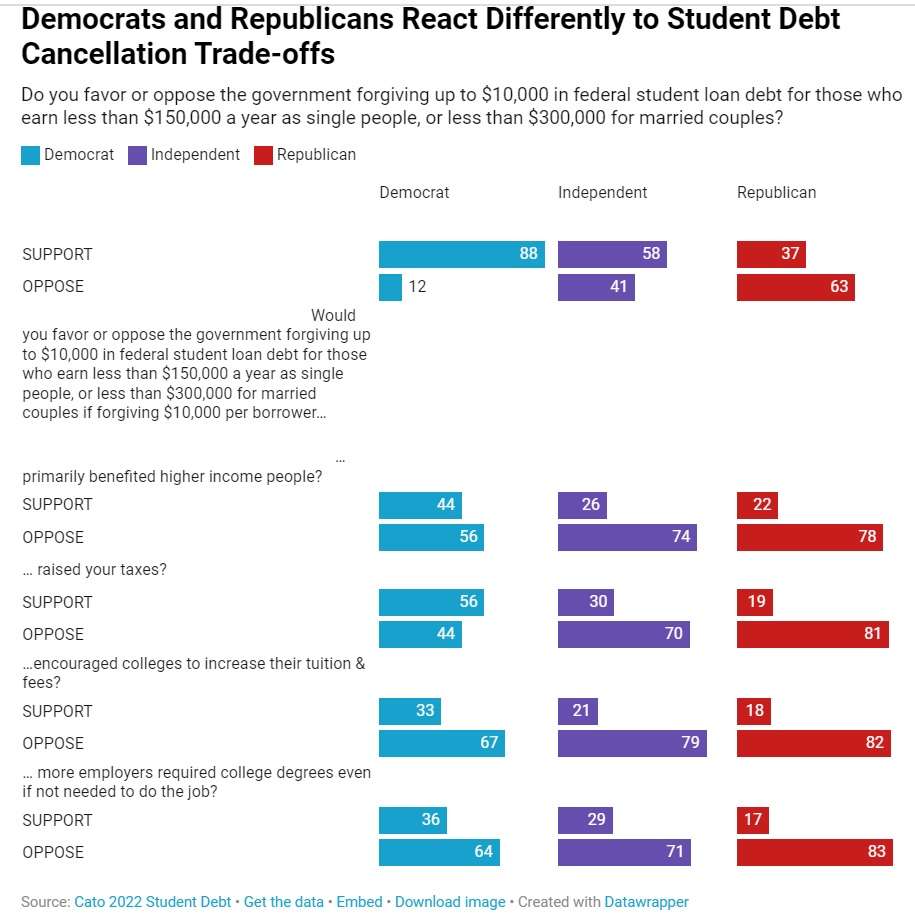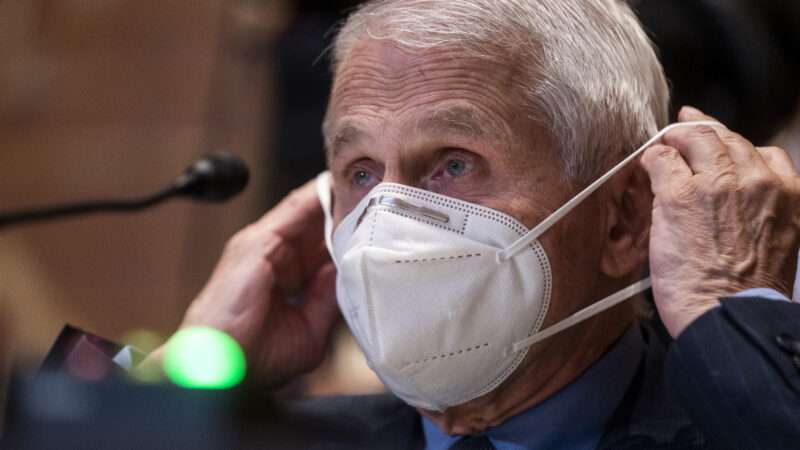This new article of mine will be coming out next year in the Journal of Law and Religion, and I thought I’d serialize it here; there’s still plenty of time for editing, so I’d love to hear people’s feedback. I posted several excerpts last week (you can read them in the PDF, if you’d like), and want to finish it up this week; here’s the last substantive part, IV.B, and the Conclusion.
[* * *]
Providing pseudonymity or anonymity here affects not just the other community members’ religious interests, but also their political interests: their rights to monitor what is happening in their communities, to better understand not just their coreligionists’ actions but also government processes.
Consider, for instance, pseudonymity in litigation. The right to public access to information in government records is generally framed as a right to “oversee and monitor the workings of the Judicial Branch.”[1] Indeed, as noted above, the right of access to court records[2]—and, in the view of many courts, the right of access to parties’ names—is a “clear and strong First Amendment interest.”[3]
Indeed, if a community member is suing a community leader or a community institution,[4] other members might especially want to monitor the judicial system to make sure the defendant is being treated fairly. “Public confidence” in the judiciary, courts say, “cannot long be maintained where important judicial decisions are made behind closed doors and then announced in conclusive terms to the public, with the record supporting the court’s decision sealed from public view.”[5] That may be especially true for minority religious communities’ confidence in the secular judiciary, since many minority religions and denominations might have special reasons to distrust the majority’s legal system.[6]
To be sure, the plaintiff might understandably worry that those coreligionists will resent him for suing, and may shun him or refuse to do business with him. But that is a commonplace concern for many plaintiffs, even outside religious communities, and is generally seen as insufficient to justify pseudonymity and the concomitant interference with the First Amendment interest in public supervision of the courts.[7]
Indeed, when pseudonymity is available for plaintiffs who are suing fellow community members (which is only a subset of the litigation I describe, though a nontrivial subset), the pseudonymity can sharply damage the community, even beyond the damage caused by the underlying allegations of misconduct. A trusted institution or individual is sued, by name. Community members hear about the allegations, and are naturally troubled.
But because the accuser is unnamed, community members have an especially hard time figuring out how credible the allegations are. Perhaps eventually the civil justice system will reach a result, but that will likely be years in the future. The result may not fully dispose of the allegations, for instance if the claim is dismissed on procedural grounds, or if it settles. Plus the community might not trust the civil justice system’s results in any event.
And this effect on the religious community would be especially serious if the court accompanies its pseudonymity order with an express or implied gag order on the opposing party, for instance requiring that a religious institution or a religious leader being sued by the plaintiff “shall not publicly identify Plaintiff,” not just “in court filings” but also “otherwise.”[8] The institution or leader would be barred from communicating with fellow members of the religious community, and responding to the allegations that had publicly been made.
Even in a case that doesn’t involve an intracommunity dispute, the right of access to court records includes people’s right to know what’s going on in various government facilities, such as the courts or the public licensing systems, and the “who” is a big part of the “what”: “[L]awsuits are public events and the public has a legitimate interest in knowing the facts involved in them. Among the facts is the identity of the parties.”[9] “The people have a right to know who is using their courts.”[10] “[A]nonymous litigation runs contrary to the rights of the public to have open judicial proceedings and to know who is using court facilities and procedures funded by public taxes.”[11] “The Court is a public institution and the public has a right to look over our shoulders and see who is seeking relief in public court.”[12] That is why any individual has standing to intervene to assert a right of access to court records (by opposing sealing or pseudonymity),[13] though in some situations courts do recognize exceptions to this right of access.
Thus, for instance, if a civil lawsuit is filed by someone who claims he was wrongly or pretextually fired or arrested for drunkenness, members of the public can generally get access to the filings and to the plaintiff’s name. A local reporter can write a story in the local newspaper, which would be especially likely if the plaintiff is someone of some standing in the community—a doctor, a lawyer, a teacher, or the like. Fellow community members could decide whether this information should lead them to trust the plaintiff less. Likewise, if a litigant sues a respected community institution, community members can take that into account in their personal judgment of the litigant’s character.
Say, though, that a court allows the plaintiff to sue pseudonymously because he belongs to a religious community that condemns alcohol consumption, or because he’s suing a respected religious institution and the religious community might condemn such airing of its dirty laundry before outsiders. A reporter for a newspaper within that community then wouldn’t be able to write the same sort of story, because the plaintiff won’t be identified. (Reporters for other newspapers wouldn’t be, either, but they may well be less interested in cases within that community.) Community members wouldn’t be able to use the information about the lawsuit to update their judgments about the plaintiff. And the legal system would be opaque to them, in a way that it is not when people from other religious communities are the litigants.
What’s more, depriving the religious community members of that information would be a big part of the purpose of maintaining pseudonymity: The theory, after all, is that the plaintiff should be able to litigate without facing stigma within that community, presumably because the legal system thinks that stigma would be excessive or otherwise unfair. But, again, by doing that the secular legal system will be taking sides in favor of the plaintiff and against his coreligionists.
And similar effects will be present in the other anonymity scenarios I mention. Where a reporter for a community newspaper might normally be able to write a fairly informative story about a new liquor license application, or about the donations to a local political campaign, allowing pseudonymity to people who fear religious community opprobrium would block that: A reporter for a religious community newspaper might be denied access to the details of who owns the new bar or liquor store, or who has been financing a local campaign that’s of importance to the religious community.
All this suggests that providing pseudonymity to members of particular religious groups might violate the principle of the Texas Monthly v. Bullock lead opinion, which struck down a sales tax exemption for religious works on Establishment Clause grounds. That three-Justice opinion (written by Justice Brennan and joined by Justices Marshall and Stevens) stressed that the tax exemption was not a permissible accommodation of religion, because it “burdens nonbeneficiaries markedly”[14] “by increasing their tax bills by whatever amount is needed to offset the benefit bestowed on subscribers to religious publications.”[15]
Here too the exemption burdens third parties, in the ways described above: It denies third parties, especially the litigant’s fellow community members, information that they would otherwise possess, and that can be important to their community’s religious and political life. Indeed, given that some courts view the public’s right to access the information about litigant identities as a First Amendment right,[16] the exemption thus reduces third parties’ constitutional rights.
To be sure, the analogy to Texas Monthly is imperfect; and the Texas Monthly concurrences are even more distant, because they stressed that tax exemption’s “preferential support for the communication of religious messages”[17]—an element that is missing here. Still, the core point remains, either as an Establishment Clause argument or at least as a policy argument: The benefits to some religious observers (or at least to some people who have family members within religious communities) come to the expense of the information access rights of other religious observers.
Conclusion
What then is the answer? When someone seeks to remain anonymous, whether in litigation, license applications, or public records requests, should courts consider the possible stigma this would create within the person’s religious community, as a factor in favor of anonymity?
My inclination is to say no, for some of the reasons given above. Protecting the person from stigma within the religious community may itself unfairly stigmatize the community. And it may sometimes involve secular institutions taking sides between dissenters and the orthodox within the community.
Even if a community’s stigmatizing rape victims simply because they were victimized is seen as so contemptible—and so detrimental to the enforcement of rape laws—that courts do end up considering such stigma, I doubt that courts should extend that judgment to situations where the community is disapproving not of a person’s involuntary victimization but of a person’s voluntary actions (premarital sex, extramarital sex, contraceptive use, suing a fellow community member, using alcohol, gambling, and the like). That the secular legal system doesn’t disapprove of the actions, or disapproves of them only mildly, shouldn’t justify its taking steps to deny religious communities information that would normally be made public.
But whether or not readers agree with me on this, I hope that the brief analysis above can help courts and scholars analyze these questions more fully, and recognize the interests at stake here, not just for the litigants but for the religious community. And I hope this sheds light on broader discussions of whether and when the secular legal system should protect religious group members from the reactions of their fellow group members.
[1] Doe v. Public Citizen, 749 F.3d 246, 263 (4th Cir. 2014).
[2] See, e.g., Maloney v. Murphy, 984 F.3d 50, 64 (D.C. Cir. 2020).
[3] Doe v. Stegall, 653 F.2d 180, 185 (5th Cir. 1981); see also Public Citizen, 749 F.3d at 273.
[4] See, e.g., note 13 and accompanying text.
[5] Public Citizen, 749 F.3d at 263 (quoting United States v. Cianfrani, 573 F.2d 835, 851 (3d Cir. 1978)); see also Doe v. Del Rio, 241 F.R.D. 154, 156–57 (S.D.N.Y. 2006) (endorsing this view specifically as to pseudonymity); Boggs v. United States, 143 Fed. Cl. 508, 518 (2019) (likewise); T.S.R. v. J.C., 288 N.J. Super. 48, 60 (App. Div. 1996).
[6] I say “and denominations” to make clear that this applies to minority Christian subgroups, and not just to Jews, Muslims, and other outright minority religions.
[7] See, e.g., Volokh, supra note 1, at 1420–23.
[8] Doe v. Dordt Univ., 5:19-cv-04082-CJW-KEM, at 2 (N.D. Iowa Mar. 3, 2020).
[9] Doe v. U.S. Dep’t of Just., 93 F.R.D. 483, 484 (D. Colo. 1982); Doe v. Deschamps, 64 F.R.D. 652, 653 (D. Mont. 1974); A.B.C. v. XYZ Corp., 282 N.J. Super. 494, 502 (App. Div. 1995); Doe v. Frank, 951 F.2d 320, 322 (11th Cir. 1992); United States v. Microsoft Corp., 56 F.3d 1448, 1463 (D.C. Cir. 1995); In re Sealed Case, 971 F.3d 324, 326 (D.C. Cir. 2020).
[10] Doe v. Blue Cross & Blue Shield United of Wis., 112 F.3d 869, 872 (7th Cir. 1997); United States v. Pilcher, 950 F.3d 39 (2d Cir. 2020) (quoting Blue Cross favorably); Doe v. Megless, 654 F.3d 404, 408 (3d Cir. 2011) (same); United States v. Stoterau, 524 F.3d 988, 1013 (9th Cir. 2008) (same); In re Sealed Case, 971 F.3d 324 (D.C. Cir. 2020) (same).
[11] Doe v. Village of Deerfield, 819 F.3d 372, 377 (7th Cir. 2016).
[12] Gibson v. Pfizer, Inc., No. 3:20-cv-03870 (N.D. Cal. Oct. 28, 2020).
[13] See, e.g., Doe v. Public Citizen, 749 F.3d 246, 259, 261 (4th Cir. 2014).
[14] 489 U.S. 1, 15 (1989) (lead opin.).
[15] Id. at 18 n.8.
[16] See supra note 7.
[17] Id. at 28 (Blackmun, J., joined by O’Connor, J., concurring in the judgment); see also id. at 25–26 (White, J., concurring in the judgment).
The post Protecting People from Their Own Religious Communities: Other Community Members' Political Interests appeared first on Reason.com.
from Latest https://ift.tt/DiF6n1c
via IFTTT


